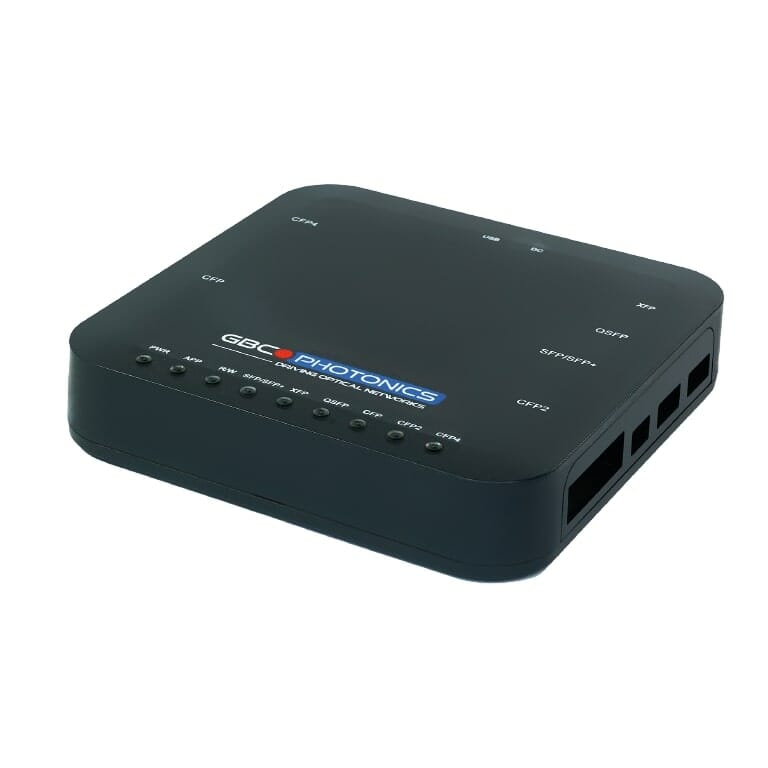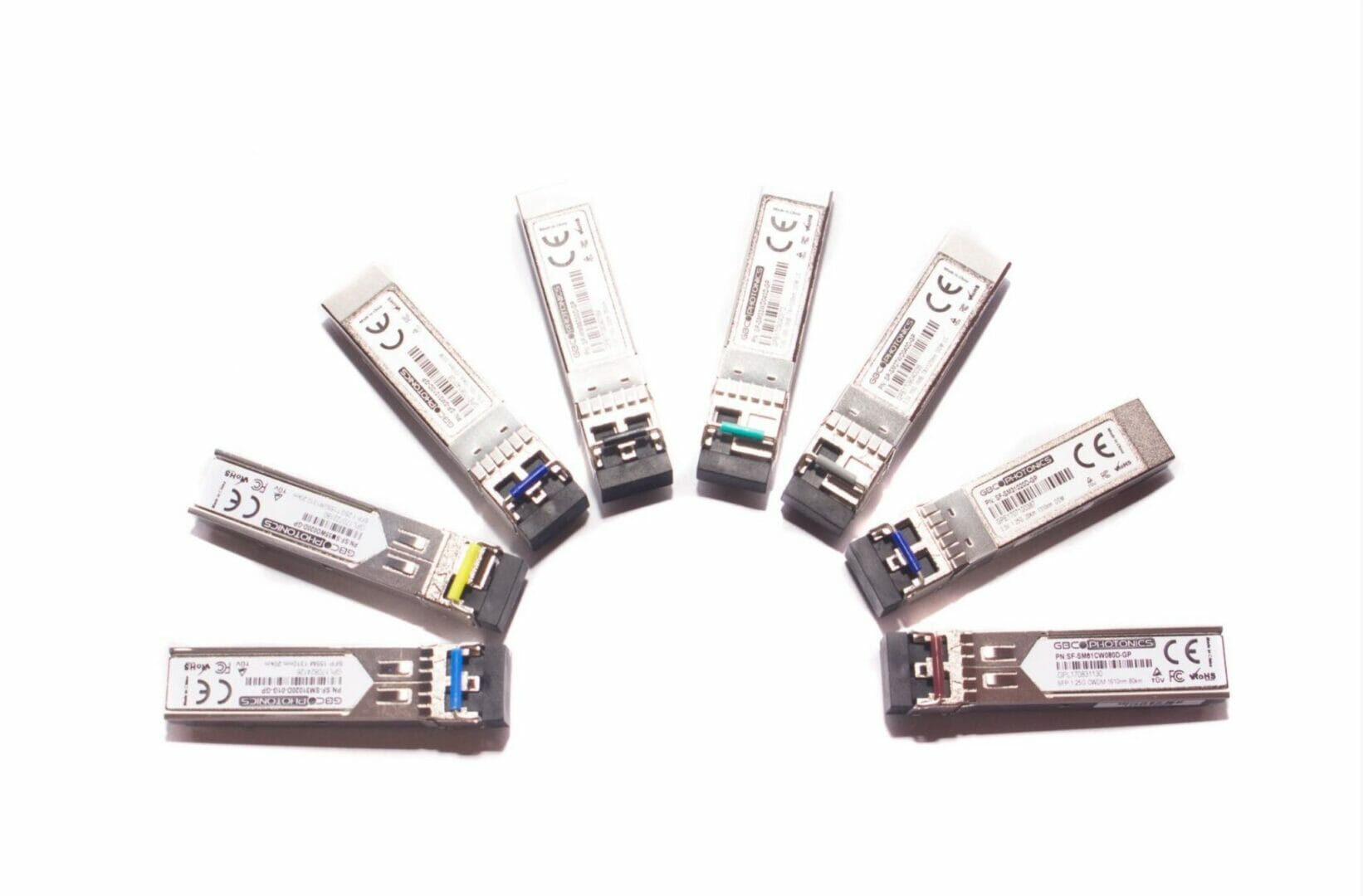Dealing with a wide variety of optical transceivers and interfaces can be frustrating and time-consuming — even after careful consideration, there’s always the chance that your transceiver of choice won’t be supported by the device you need to set up. But what if there were a simpler way? Here Marcin Bala, CTO at telecommunications networks specialist Salumanus Ltd, explains the benefits of a universal transceiver.
Setting up fibre-optic link requires a certain amount of research. Some of the steps that engineers will usually take involve consulting network inventories, talking to warehouse sales assistants, and ensuring that the sales department got all the necessary information from the client.
Yet, upon arriving at an installation site, they might still be faced with a bad surprise. After inserting a transceiver into a switch or router port, the dreaded words might appear on the device interface — “transceiver unsupported.” It’s easy to imagine the engineers’ reaction.
As frustration mounts, the technical team might try to find the root of the problem. Is the designer to blame? Was the network inventory information incomplete or incorrect? Was there a communication problem with the client? Regardless of the reason, in the end the only solution is to head back to the warehouse and exchange the transceiver. Or is it?
An easier alternative
The existence of a universal transceiver that can be installed on any device would simplify everyone’s job, with benefits for sales departments, designers, warehouse staff and engineers.

Simple Recode Device
However, creating a truly universal transceiver would be extremely complex and expensive. The large variety of interfaces on the market — such as SFP, SFP+, QSFP and QSFP28 — and the many types of transceivers available — for example, SR, LR, ER and ZR — would greatly affect the final price.
But there might be another way. The transceiver is installed in a device at the end of a long chain of design and sales steps. If we focus on the last ring of the chain, it is possible to equip the person who performs the installation with the tools to adjust the transceiver in a way that makes it work with any network device, in a few clicks.
This is exactly the function of the GBC Photonics Simple Recode Device (SRD). As the name suggests, the SRD enables users to alter the configuration of optical modules. The transceiver’s memory can be configured according to MSA standards for QSFP28/XFP/SFP/SFP+ interfaces and users can set the required wavelength or channel in the XFP/ SFP+ tunable transceivers. This means that any GBC Photonics transceiver can be simply reconfigured to adapt it to any vendor equipment, effectively becoming a universal transceiver.
The benefits
The SRD is connected to the provider’s cloud infrastructure. This means that the user doesn’t have to worry about the fact that, every few months, new versions of devices and interfaces might appear on the market — the SRD will be updated in real time. Cloud connectivity also means that the device can be maintained remotely by a qualified engineer.
The SRD allows for maximum flexibility. Most internet service providers (ISPs) and Telco operators use hardware from different vendors, such as Cisco, Juniper, or Arista. This means that they have to keep a parallel stock of transceivers from each vendor to insert in different types of equipment. With the SRD, they could stock only one type of transceiver and adjust it just before inserting it in the equipment slot.
This would help companies minimise stock, simplify purchasing procedures, and reduce the total cost of ownership (TCO) of optics equipment. It also means that engineers wouldn’t need to travel back and forth from the warehouse to the installation site in case of incompatibilities, saving time and money.
Finally, the SRD facilitates the upgrade of networks. If a company decides to replace all the switches in its network with ones from a different provider — for example, Juniper to Nokia, or vice versa — it can simply use the SRD to reconfigure its existing transceivers, without buying new ones.
The flexibility provided by the SRD means that the times of travelling back and forth from a warehouse in search of the right device are over — the universal transceiver exist, and it might already be part of your stock.
For more information on how to optimise your network strategy, contact Salumans’ expert engineers today.





